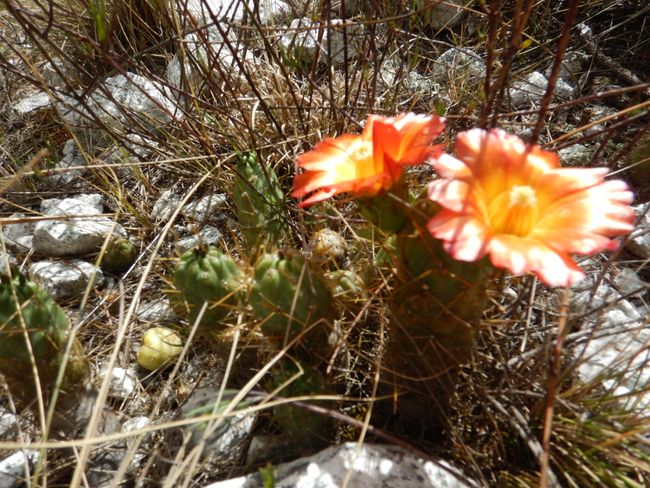Last stop- Cusco, Calca
Publicados: 06.03.2018
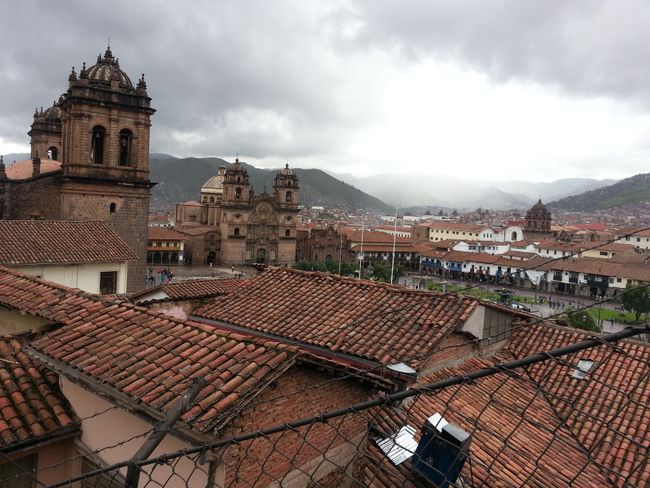
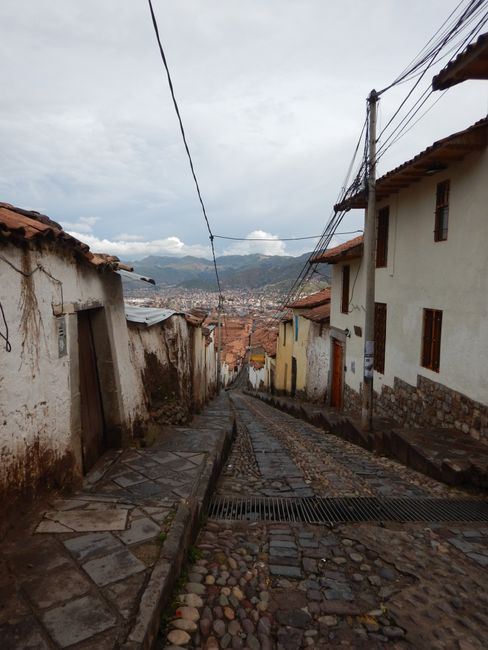
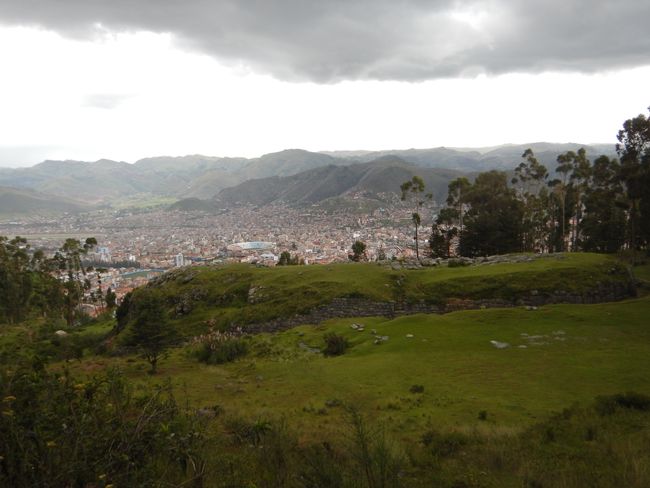
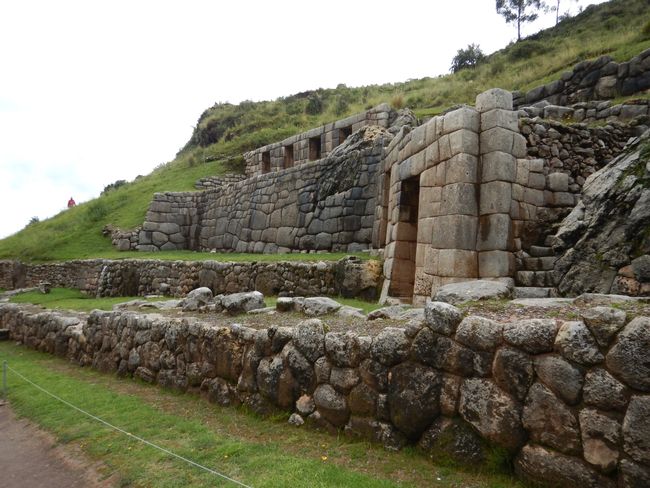
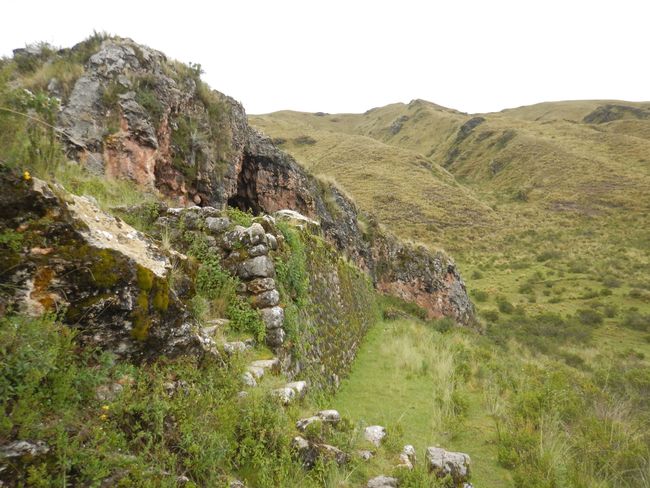
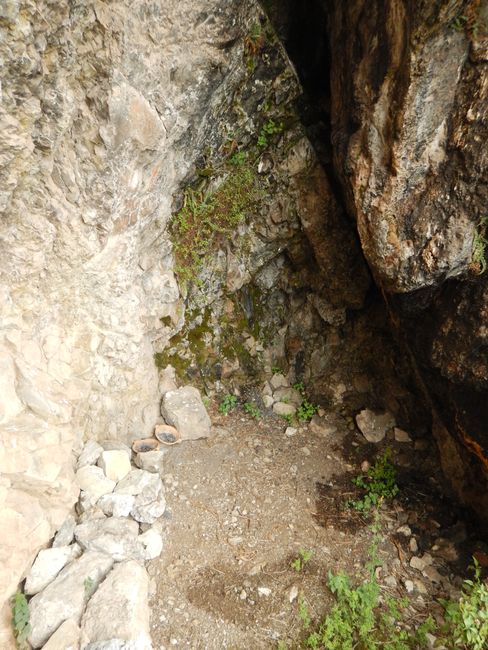
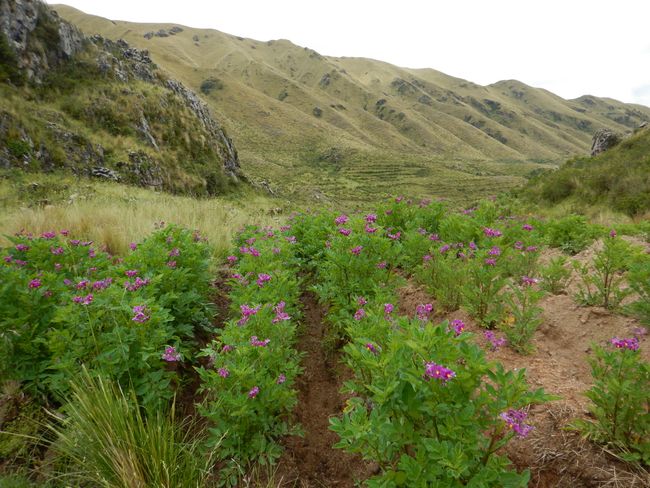
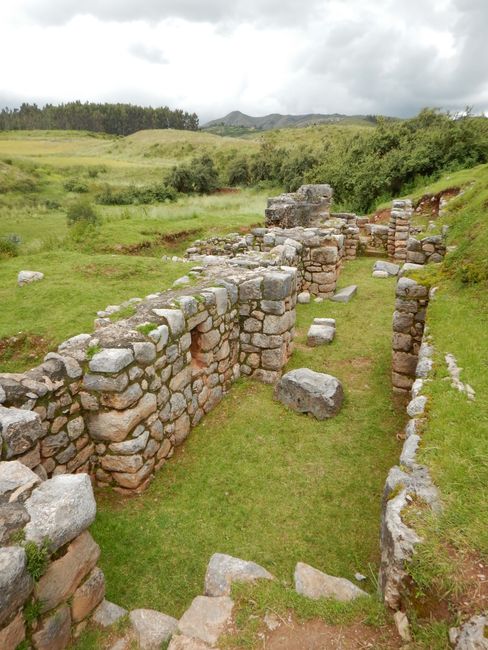
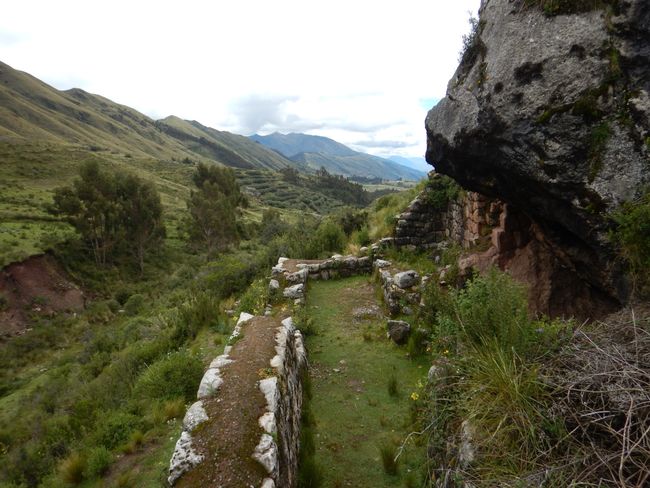
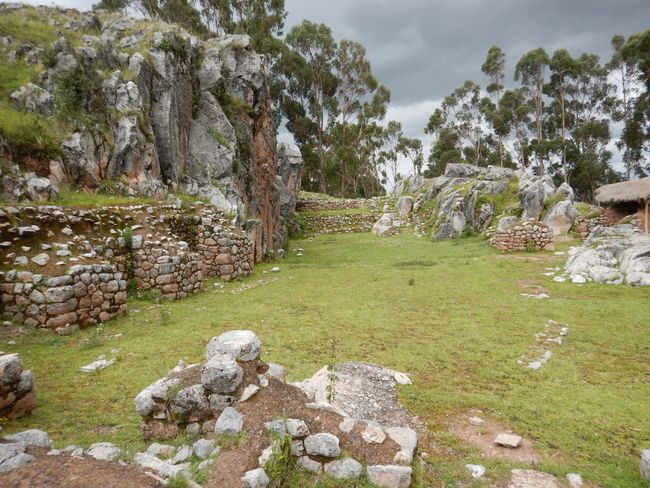
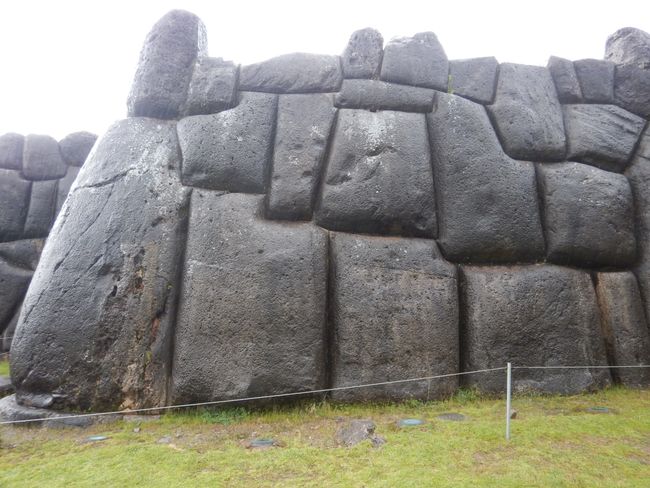
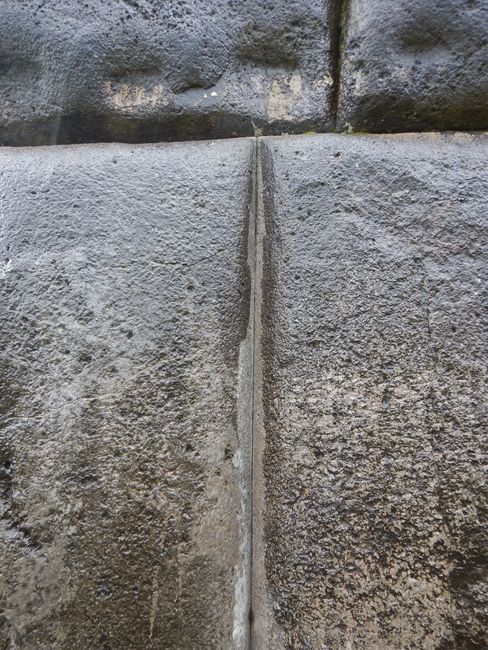
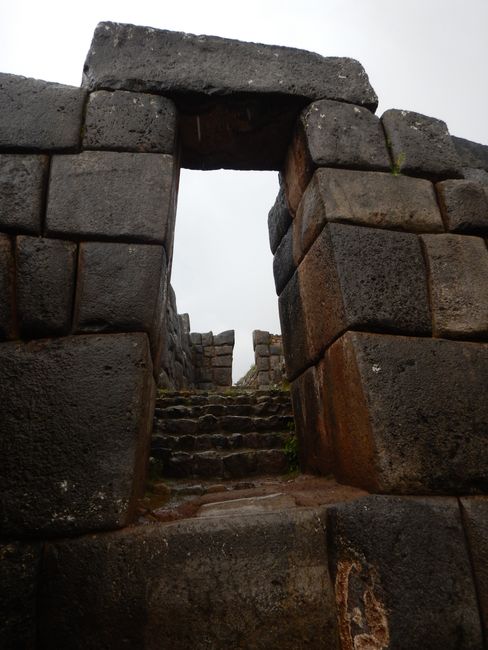
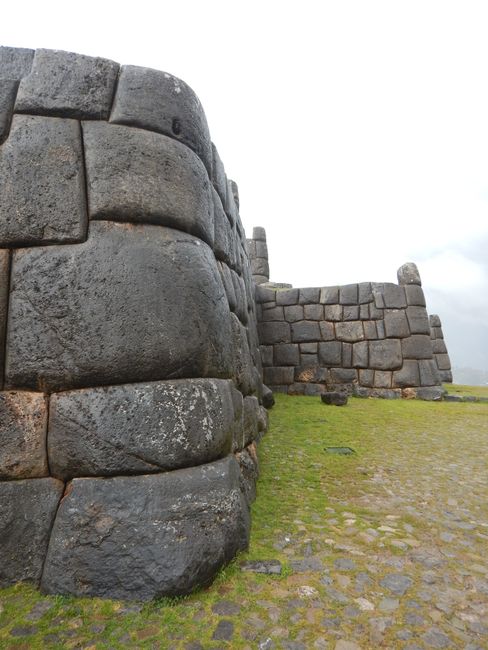
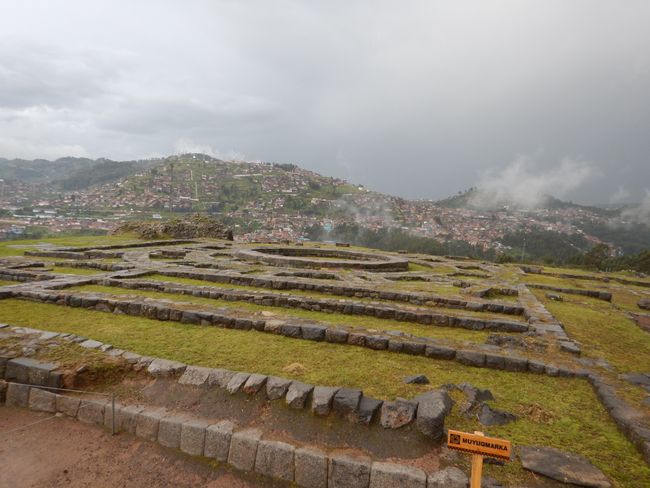
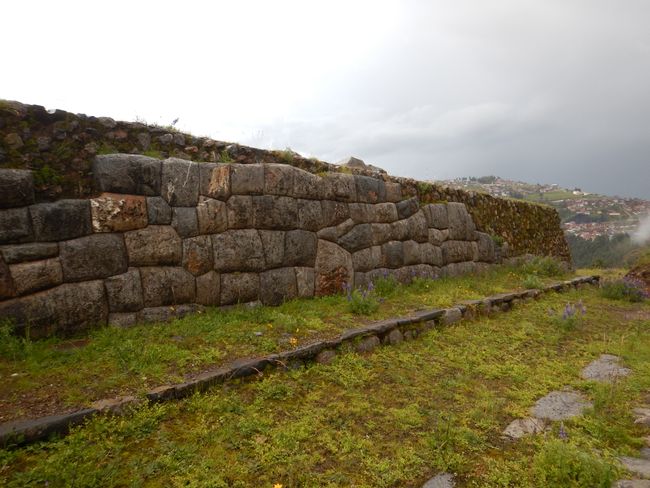
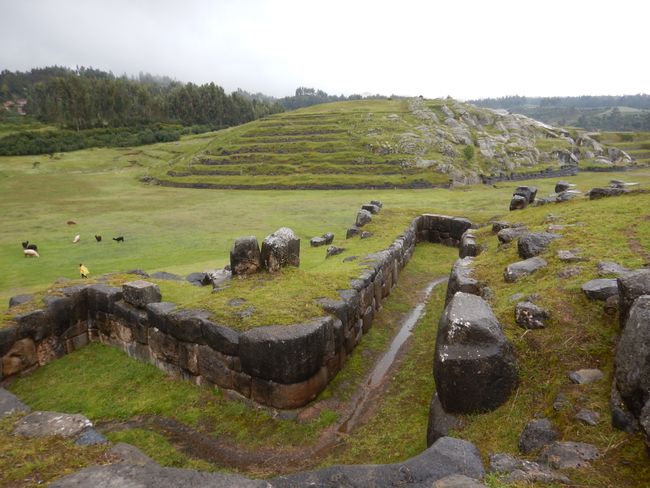
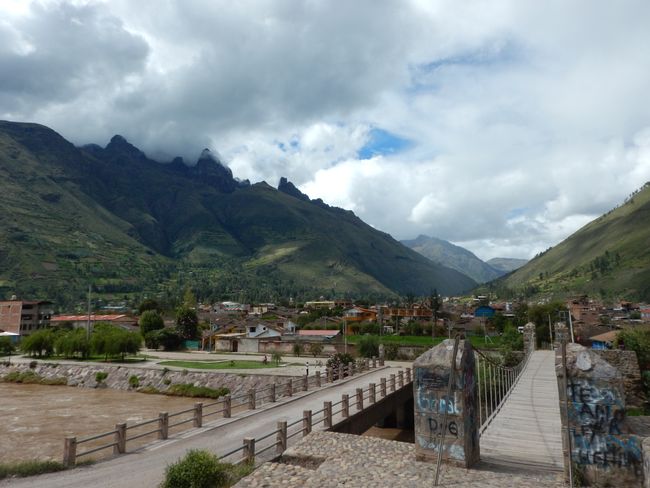
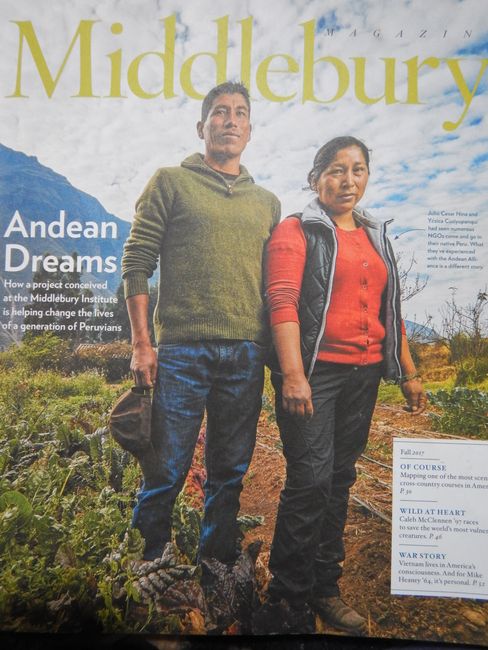
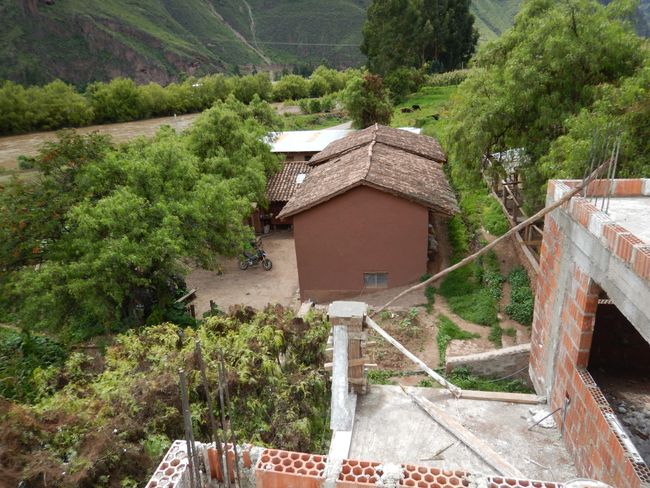
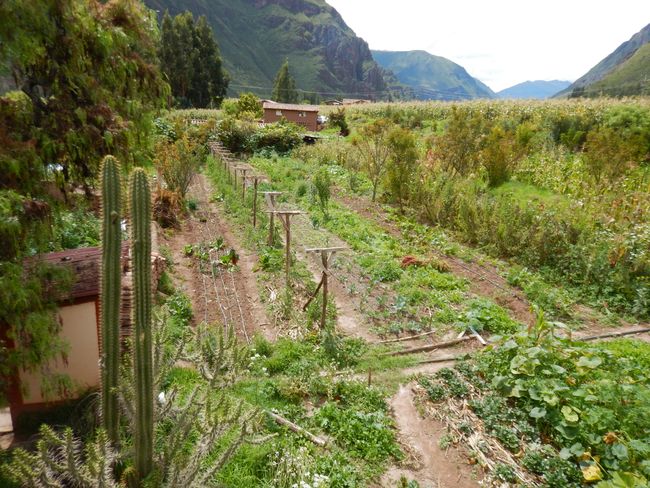
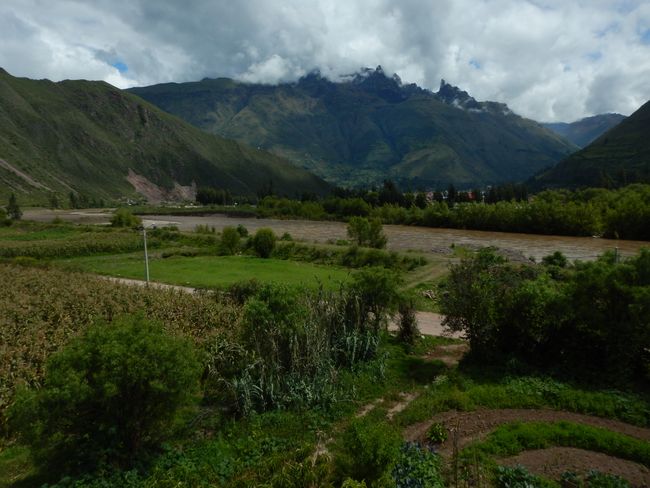
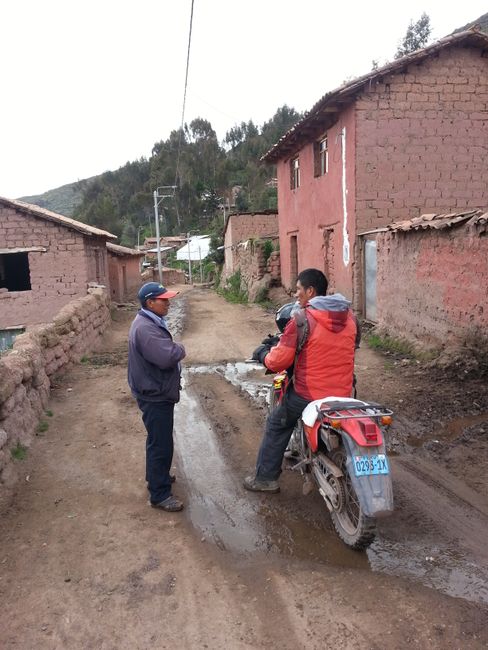
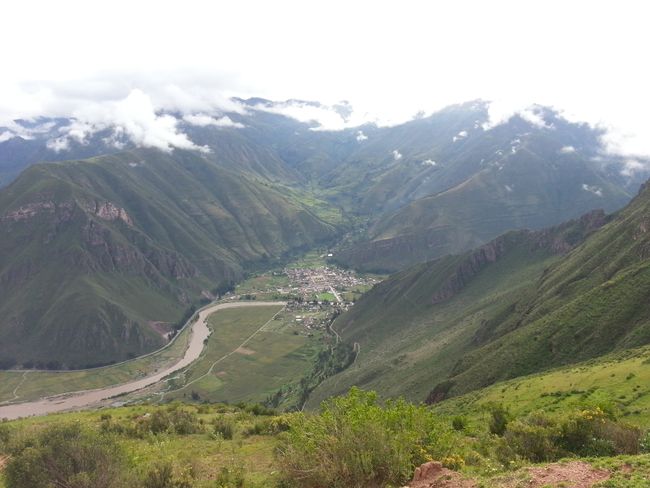
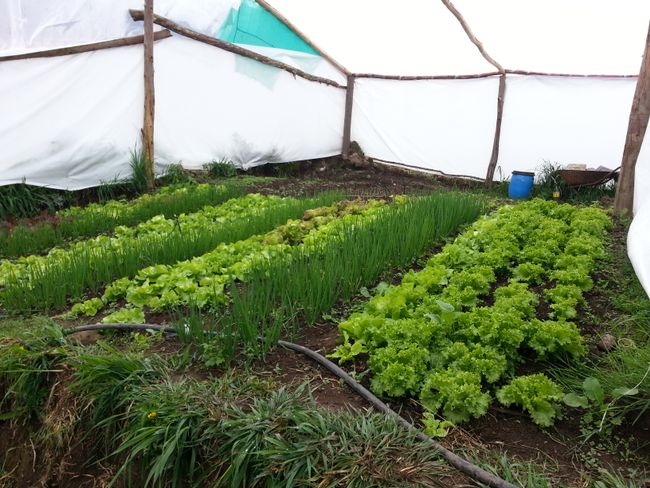
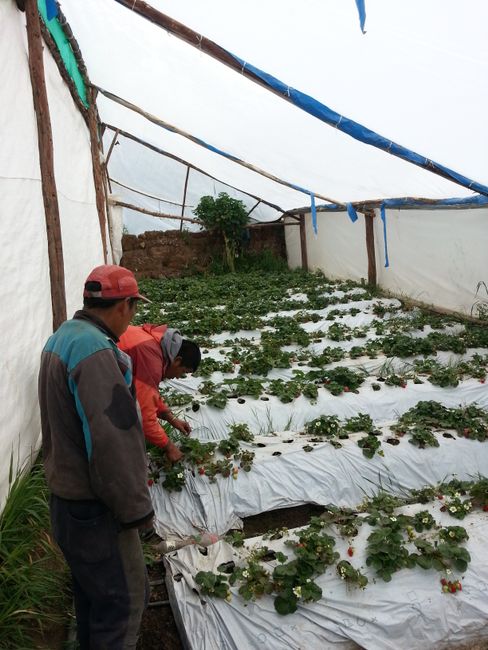
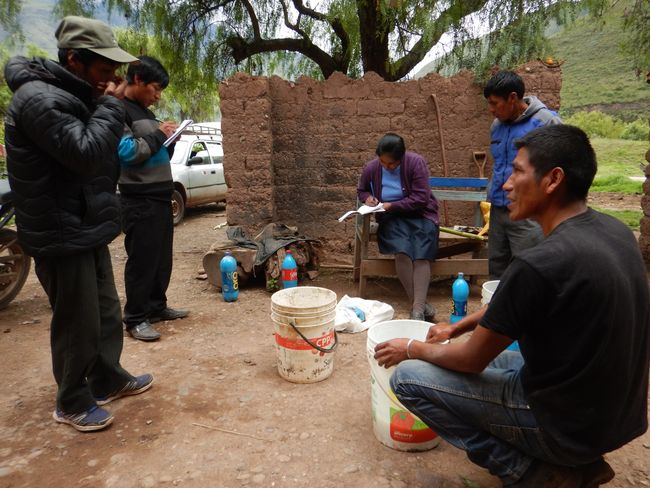
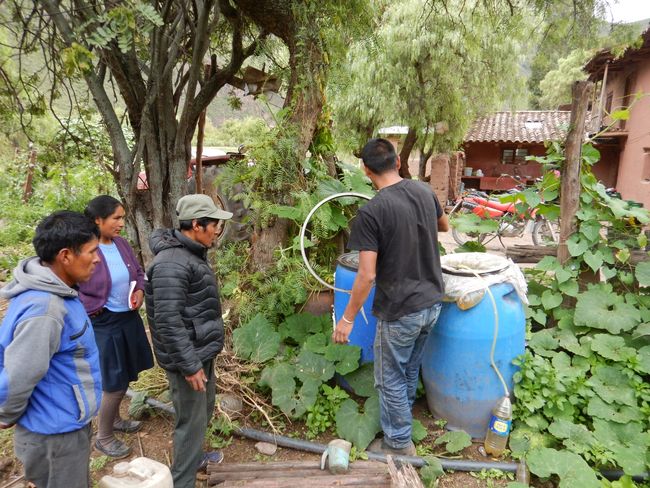
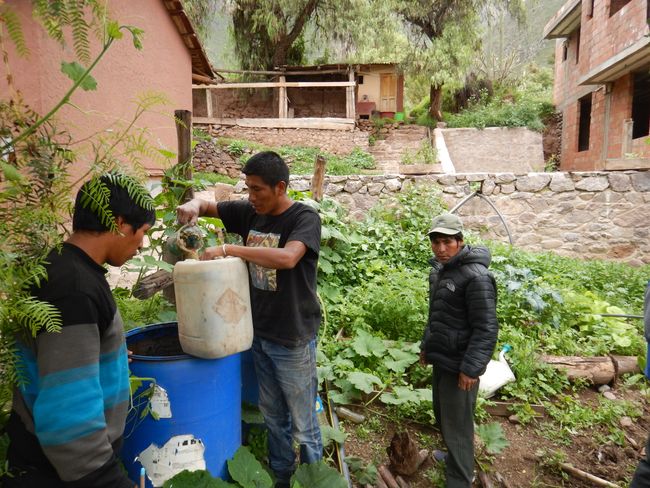
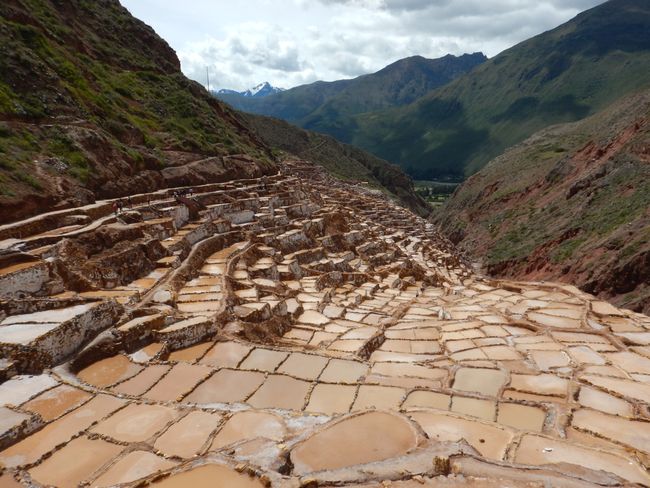
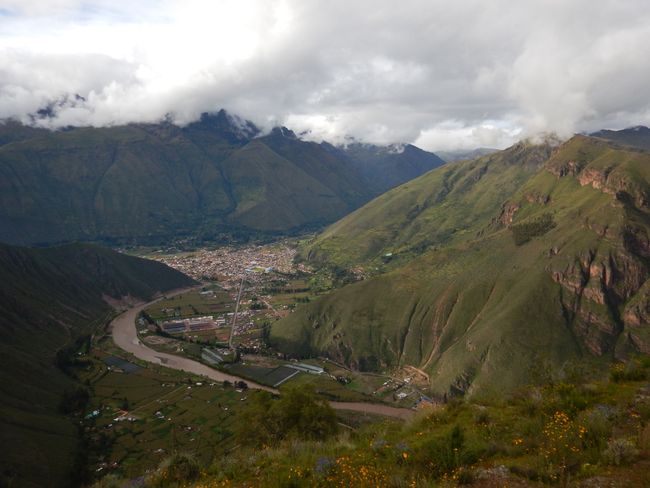
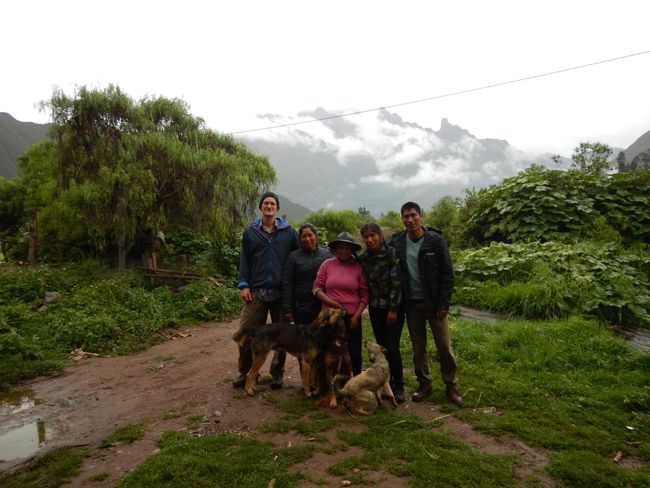
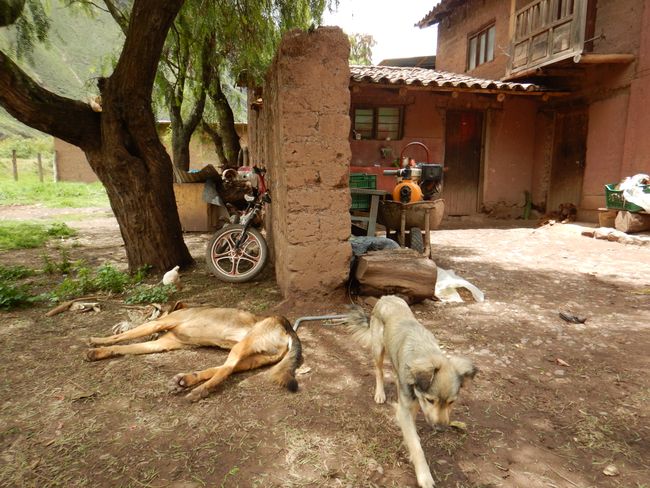
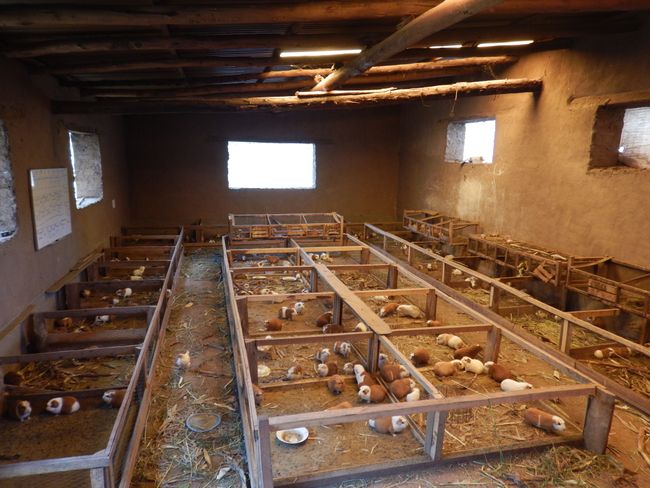
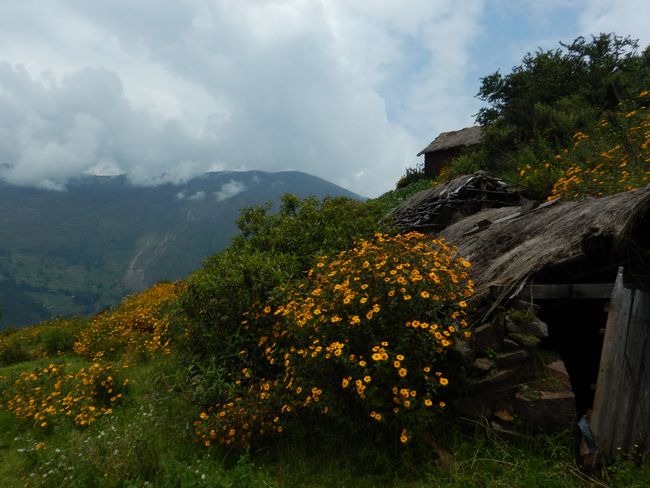
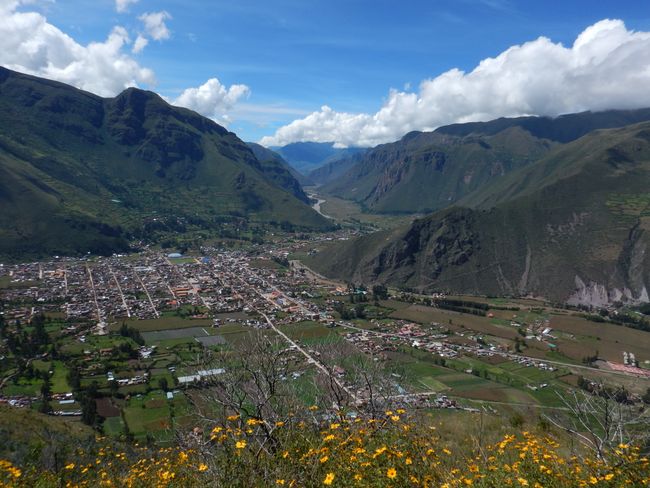
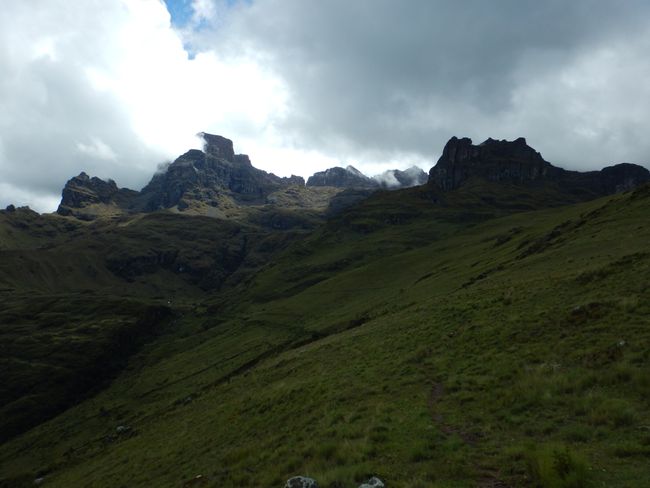
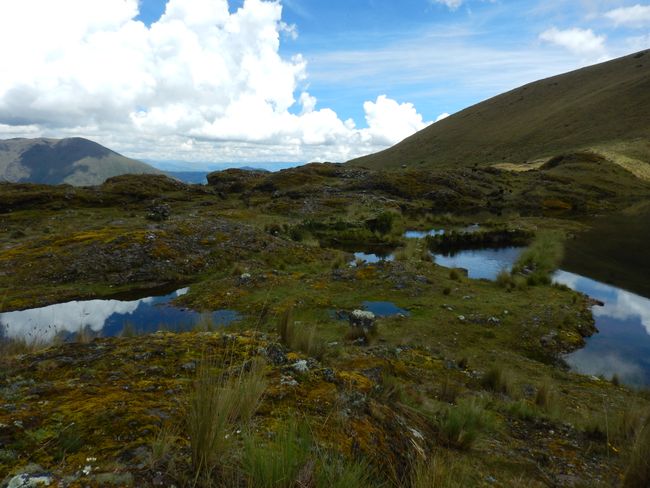
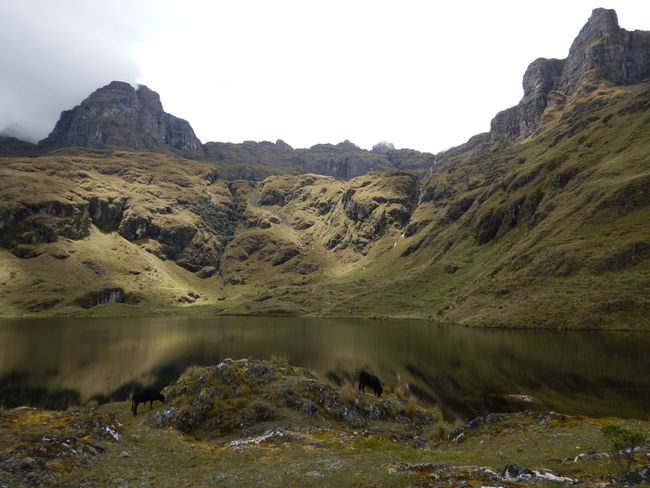
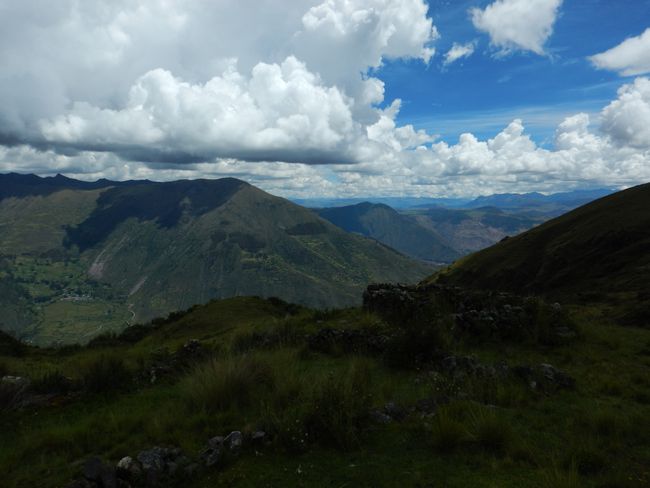
Assine o boletim informativo
40 hours of bus ride were worth it! Cusco is a beautiful little town. The winding, partly narrow alleys of the old town remind me of Erfurt. Mototaxis are banned from the city, so the noise level is moderate and non-existent when you escape a few kilometers into the surrounding mountain landscape. The ruins near the city were definitely worth a visit. Tambomachay, Pukapukara, Templo del Luna, Qengo, and Sacsayhuaman together made for a good day trip on foot, and you would not suspect a large city nearby if you didn't occasionally see it stretched out in the valley but still at an altitude of 3400 meters. It was allowed to walk off the beaten tourist paths, which I did and I didn't see any trail anymore... so cross-country to the cave that I see over there, down a slope, across the river, passing overgrown Inca terraces, that's how I dreamed it. And at the top... cultivated fields full of potatoes and grains. It is only now that I realize the distances people here take. Many mountainsides are terraced, some less, some more, so that the worked humus layer is not easily washed away by heavy rains. At the same time, this also serves as landslide protection. The resulting water has more time to seep in, instead of shooting down into the valley in raging rivers. Even after hundreds of years, these systems still work and are still being used. But what fascinated me even more were the stone walls of the last ruin of my hike - Sacsayhuaman. If the residents of the area had not used the portable stones for their own house construction, the ruin might still shine in all its glory. Fortunately, there are still a few heavier stones weighing several tons. To this day, there is no definitive evidence of how these perfectly fitting granite colossi were moved there, but more importantly, how they were worked on until they fit precisely against the surrounding rocks without mortar or other connecting elements. You can't even slide a piece of paper in between, and it's earthquake-proof too!? This construction, bordering on perfection, is located in a region that is occasionally shaken vigorously and has survived undamaged for hundreds of years. Or even thousands? Because the Incas themselves are said to have known nothing about the construction technique and simply took over the site. But it's all just speculation... and then there's... the stone carving. It is believed that the carving was done with smaller stones that were rubbed against each other until the desired shape was achieved. But what an incredibly time- and energy-consuming work that must have been! Another theory is the softening of the stones with special plant extracts. Unfortunately, the recipe for this has been lost! =D My theory is that there was already a civilization before the flood that was far ahead of us in some things.
But now to Calca, the most beautifully located city so far, where I could really stay. Framed by the steepest mountain slopes, at almost 4000 meters above sea level, there are hardly any tourists to be found here, just an hour's drive from Cusco. Located a 30-minute walk along the "Rio Urubamba," is my current accommodation and internship location. A family consisting of Julio Cecar Nino (whom I work with), his sister Yesica, her son Inti, the mother who cooks for us, and occasionally another sister. My first days at work have positively surprised me - varied work and the mission that the siblings have dedicated themselves to. They strive to be biologically self-sufficient, as independent as possible, and to produce their own seeds and conduct plant experiments, spreading the knowledge through meetings with the nearby communities. At the same time, they are addressing the problem of malnutrition and resulting diseases in the remote mountain villages, which they regularly visit. We were in Qenqo, a community at 4700 meters above sea level. Due to the cold climate and strong sunlight, only a few limited crops could be grown here. However, for the past two years, various families have had simple plastic greenhouses (some with drip irrigation) and can grow things like strawberries, lettuce, onions, and broccoli there. All made possible by the sibling pair and the organizations they work for. They also bring expertise. Julio has studied organic farming and Yesica has studied something agricultural sciences and animal breeding. The latter is directly applied in the stable, where hundreds of cute guinea pigs are raised for the market. To be continued...
Assine o boletim informativo
Responder

